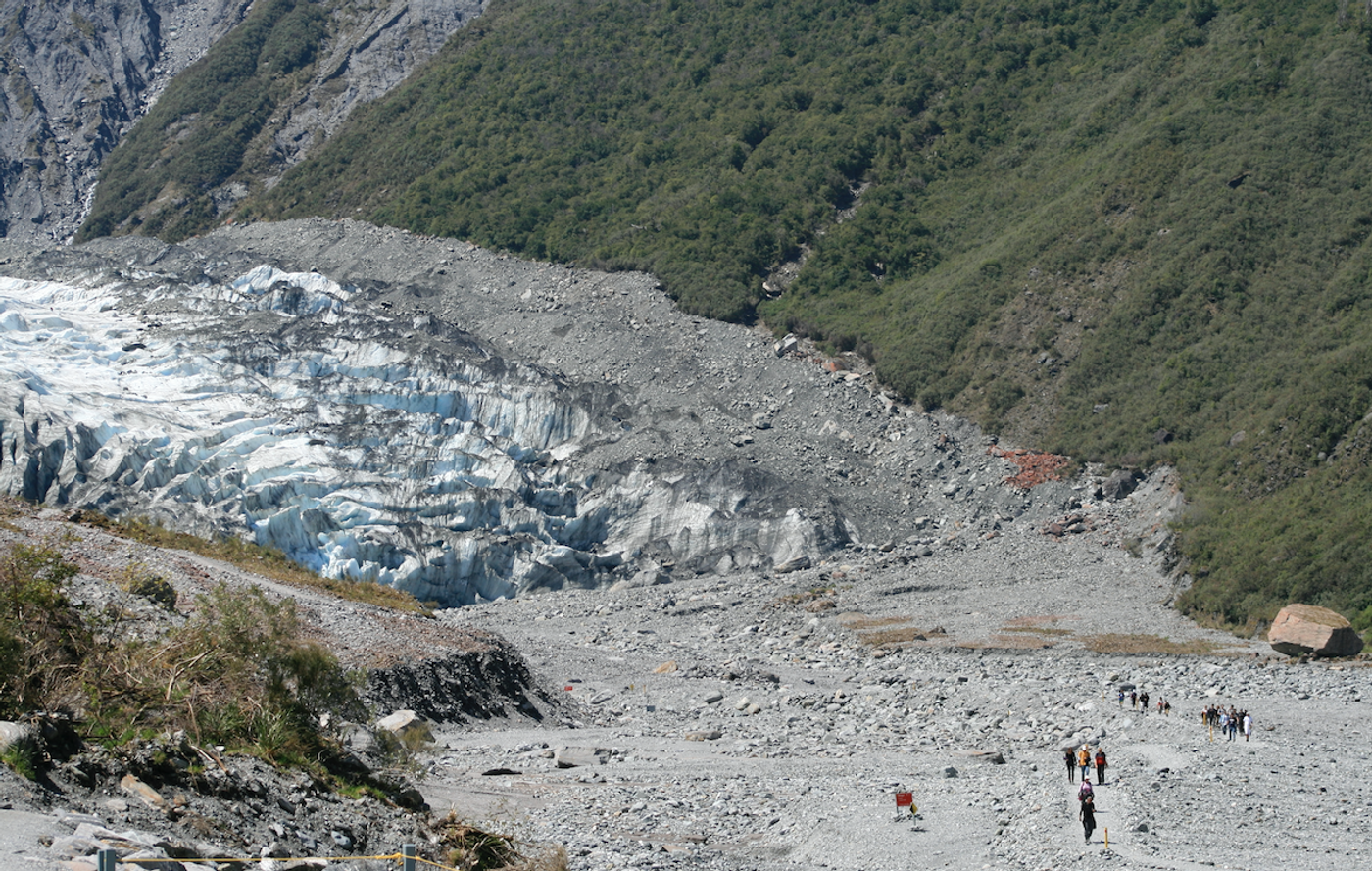Scientists Urge Study of Bacteria in Melting Glaciers
Globally, temperatures are on the rise. Between the years of 2009 and 2019, glaciers around the world lost an average of about 275 gigatonnes (Gt) of ice every year. While we know all that melting ice is causing sea levels to rise, there are other consequences too. Researchers are now sounding an alarm about the microorganisms that can be found in melting glaciers, and the potential threat they may pose to human health.
Scientists have recently completed an assessment of the bacterial species that were found in meltwater from Tibetan glaciers. They focused on this area because it is especially "vulnerable to global warming," and meltwater from glaciers in Tibet runs off into areas in China and India that are densely populated, they wrote. This analysis took advantage of advanced genetic tools to reveal an incredibly diverse and large set of bacteria. The findings have been reported in Nature Biotechnology.
A total of 883 bacteria were isolated from 21 locations around Tibetan glaciers, which included areas where snow, ice, and cryoconite (a powdery dust that builds up on glaciers) was present. Back in the lab, the researchers melted the samples that had been collected, and then cultured the microbes that were present within. Next, they used metagenomic tools to sequence all of the DNA in the samples, then assemble complete genomes from the cultures.
The data that was generated, including 883 genomes from cultures that were grown in the lab, was used to create the Tibetan Glacier Genome and Gene (TG2G) catalog. Over 30 phyla were represented by the 968 candidate species identified in this study. Within all those genomes were about 25 million different protein-coding genes. About 98 percent of these bacteria have never been researched before this.
The researchers noted that there is incredible potential, both good and bad, in those genes. The team encouraged the study of these bacteria and their protein-coding genes to identify potential pathogens, as well as producers of beneficial compounds.
If any of these microbes are able to infect animal or human cells, it's possible that modern immune systems won't know what to do with these microbes, which may be incredibly old. Recent research by a different team has indicated that melting permafrost contains viruses that are thousands of years old. Those viruses do not appear to pose a threat to human cells. We should learn more about ancient microbes before they surprise us, however.
Source: Nature Biotechnology









